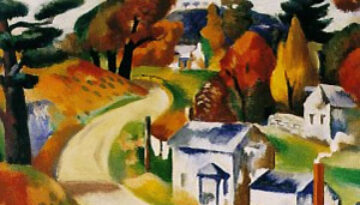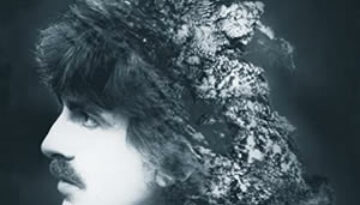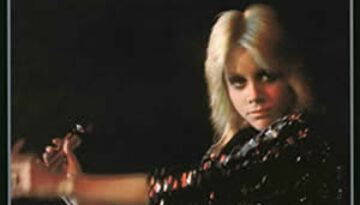Into the Great Wide Open by
Tom Petty & the Heartbreakers
Buy Into the Great Wide Open Tom Petty continued his impressive commercial success as a new decade unfolded with Into the Great Wide Open, the eighth studio album by Petty and The Heartbreakers. […]



